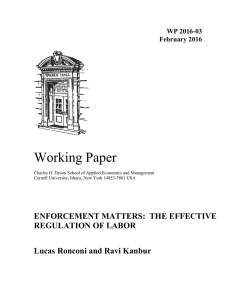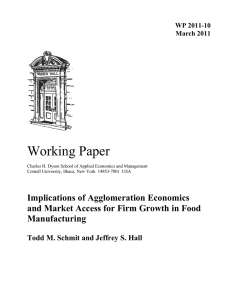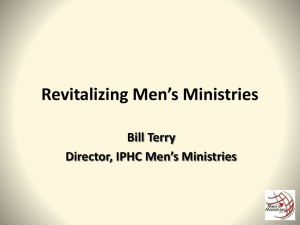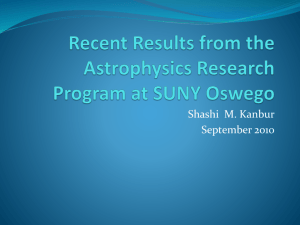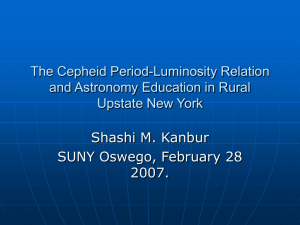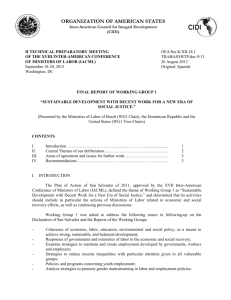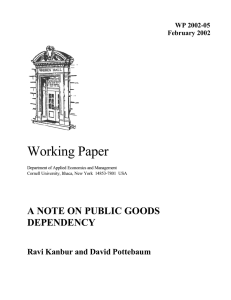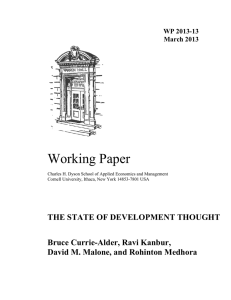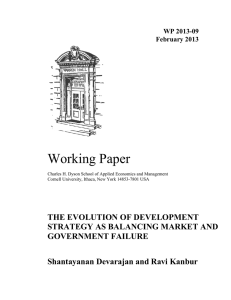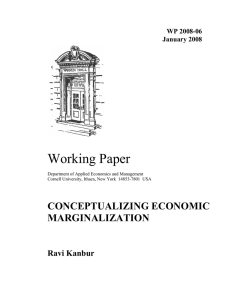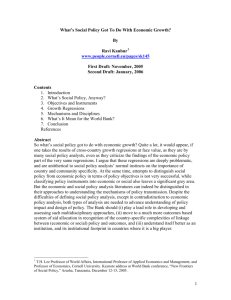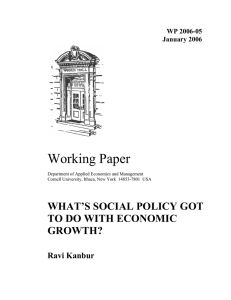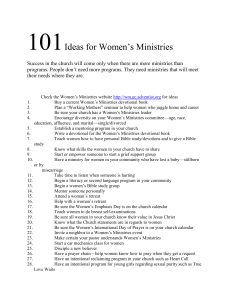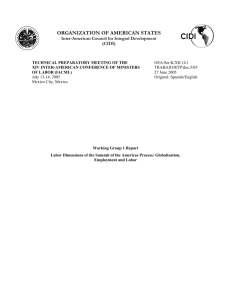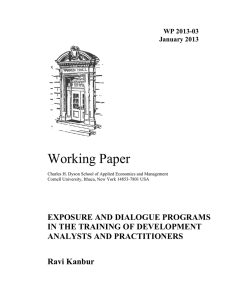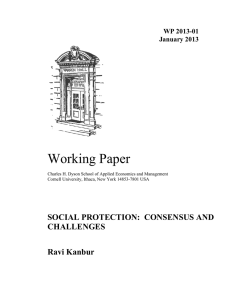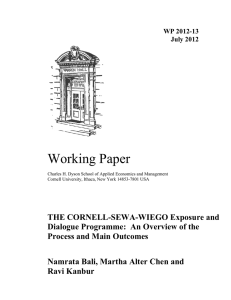The Nature of Disagreements
advertisement
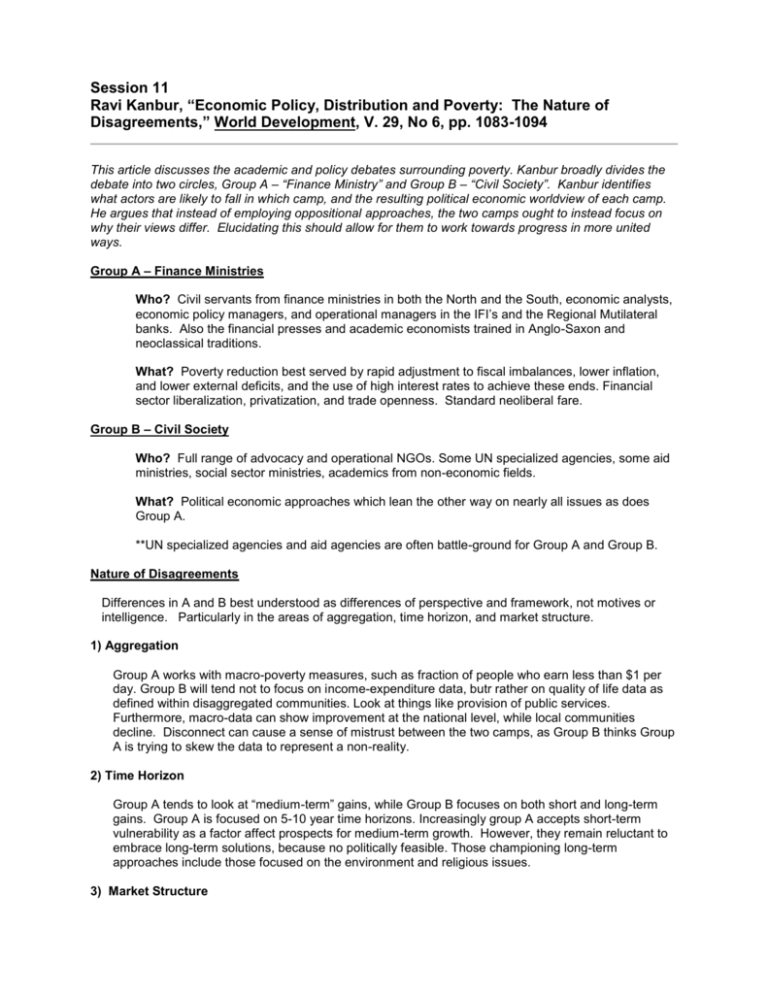
Session 11 Ravi Kanbur, “Economic Policy, Distribution and Poverty: The Nature of Disagreements,” World Development, V. 29, No 6, pp. 1083-1094 This article discusses the academic and policy debates surrounding poverty. Kanbur broadly divides the debate into two circles, Group A – “Finance Ministry” and Group B – “Civil Society”. Kanbur identifies what actors are likely to fall in which camp, and the resulting political economic worldview of each camp. He argues that instead of employing oppositional approaches, the two camps ought to instead focus on why their views differ. Elucidating this should allow for them to work towards progress in more united ways. Group A – Finance Ministries Who? Civil servants from finance ministries in both the North and the South, economic analysts, economic policy managers, and operational managers in the IFI’s and the Regional Mutilateral banks. Also the financial presses and academic economists trained in Anglo-Saxon and neoclassical traditions. What? Poverty reduction best served by rapid adjustment to fiscal imbalances, lower inflation, and lower external deficits, and the use of high interest rates to achieve these ends. Financial sector liberalization, privatization, and trade openness. Standard neoliberal fare. Group B – Civil Society Who? Full range of advocacy and operational NGOs. Some UN specialized agencies, some aid ministries, social sector ministries, academics from non-economic fields. What? Political economic approaches which lean the other way on nearly all issues as does Group A. **UN specialized agencies and aid agencies are often battle-ground for Group A and Group B. Nature of Disagreements Differences in A and B best understood as differences of perspective and framework, not motives or intelligence. Particularly in the areas of aggregation, time horizon, and market structure. 1) Aggregation Group A works with macro-poverty measures, such as fraction of people who earn less than $1 per day. Group B will tend not to focus on income-expenditure data, butr rather on quality of life data as defined within disaggregated communities. Look at things like provision of public services. Furthermore, macro-data can show improvement at the national level, while local communities decline. Disconnect can cause a sense of mistrust between the two camps, as Group B thinks Group A is trying to skew the data to represent a non-reality. 2) Time Horizon Group A tends to look at “medium-term” gains, while Group B focuses on both short and long-term gains. Group A is focused on 5-10 year time horizons. Increasingly group A accepts short-term vulnerability as a factor affect prospects for medium-term growth. However, they remain reluctant to embrace long-term solutions, because no politically feasible. Those championing long-term approaches include those focused on the environment and religious issues. 3) Market Structure Group A views the market as comprised of a large number small agents in competition with each other. Group B views the market as dominated by large agents wielding tremendous power. Differing views of market structure is the fundamental basis for the different policy choices which define the two camps. Policy Messaging: Negotiation Versus Dialogue Kanbur argues that the answer to such divisions is to create dialogue based on attempts to develop mutual understanding of the different frameworks. This type of dialogue can lead to “measured and nuanced positions” rather than the type of polarization witnessed at Seattle and other WTO protests. Since Seattle, a “line in the sand” mentality has gripped Group A, especially IFI’s , G7 treasureaies, Financial Press, and some in academia Growing agreement in some areas, particularly education and health, tends to lead to sharpening of division on core economic policies Division over debt relief particularly sharp
